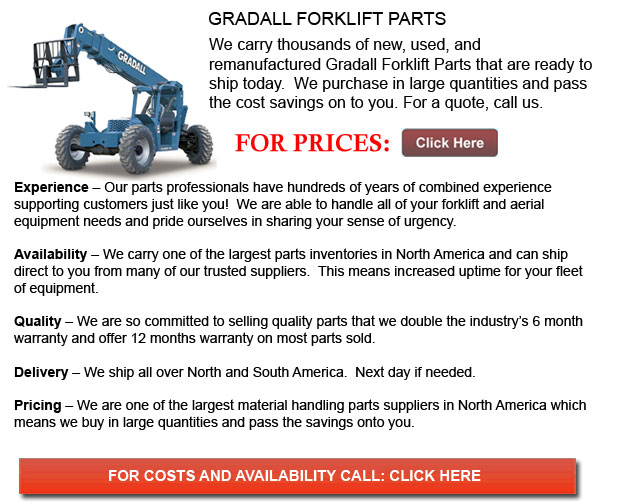
Gradall Forklift Parts - All through the period when WWII caused a shortage of laborers, the famous Gradall excavator was established in the 1940s as the idea of two brothers Koop and Ray Ferwerda. The brothers faced the problems of a depleted workforce because of the war. As partners in their Cleveland, San Antonio construction business referred to as Ferwerda-Werba-Ferwerda they lacked the available laborers so as to do the delicate work of finishing and grading on their highway projects. The Ferwerda brothers decided to build a machine that would save their business by making the slope grading job more efficient, less manual and easier.
The initial excavator prototype consisted of a machine with two industrial beams on a rotating platform fixed to a used truck. There was a telescopic cylinder which was used to move the beams back and forth. This allowed the fixed blade at the far end of the beams to push or pull the dirt. Soon enhancing the first design, the brothers built a triangular boom to add more strength. Moreover, they added a tilt cylinder which let the boom turn 45 degrees in either direction. A cylinder was positioned at the back of the boom, powering a long push rod to allow the machinery to be equipped with either a blade or a bucket attachment.
The year 1992 marked a crucial year for Gradall with their launch of XL Series hydraulics, the most remarkable change in the company's excavators ever since their invention. These top-of-the-line hydraulics systems allowed Gradall excavators to deliver high productivity and comparable power on a realistic level to traditional excavators. The XL Series ended the initial Gradall equipment power drawn from low pressure hydraulics and gear pumps. These traditional systems effectively handled finishing work and grading but had a hard time competing for high productivity tasks.
Gradall's new XL Series excavators showed more ability to dig and lift materials. With this series, the models were made together with a piston pump, high-pressure system of hydraulics which showed marked improvement in boom and bucket breakout forces. The XL Series hydraulics system was even developed with a load-sensing capability. Conventional excavators utilize an operator to pick a working-mode; where the Gradall system could automatically adjust the hydraulic power meant for the job at hand. This makes the operator's general task easier and also saves fuel at the same time.
Once their XL Series hydraulics became available, Gradall was basically thrust into the highly competitive market of machines designed to deal with pavement removal, excavation, demolition and various industrial work. Marketability was further enhanced with their telescoping boom due to its exclusive ability to work in low overhead areas and to better position attachments.
![]() Click to Download the pdf
Click to Download the pdf
Forklift Parts
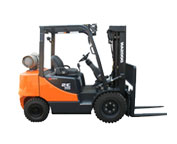
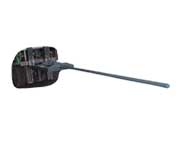
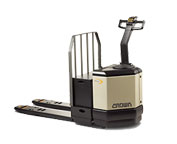
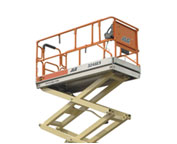
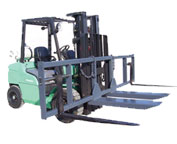
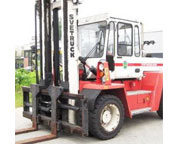
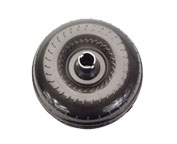
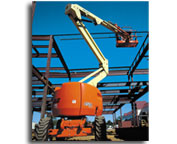
Lift Parts Express
TOLL FREE: 1-888-695-7994
LOCAL: 210-888-8193
5150 Broadway St 121
San Antonio, Texas
forkliftpartssanantonio.com
Email Us
About Us


